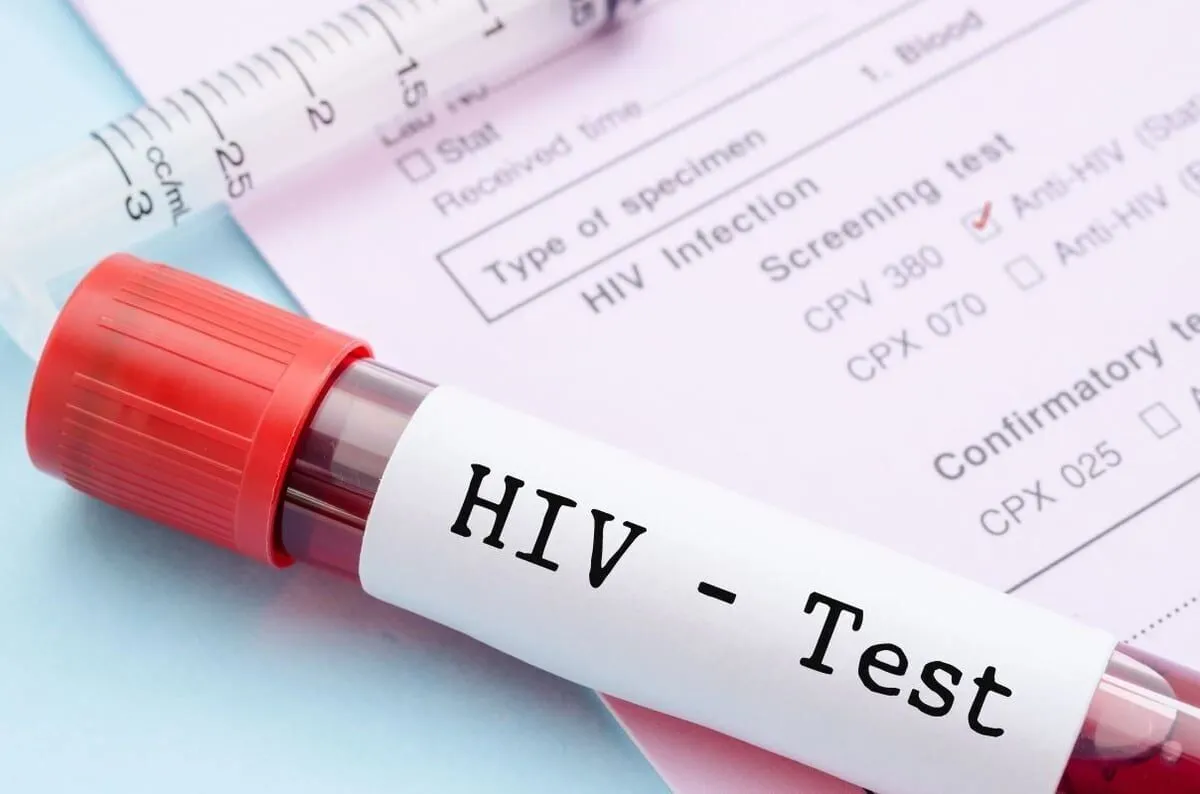Infectious Disease Focus: How Lenacapavir Targets HIV/AIDS Prevention

Innovative Approach in HIV Prevention
The recent clinical trial results for lenacapavir, developed by Gilead Sciences, reveal a promising direction in infectious diseases. With a remarkable efficacy of 96% in reducing HIV risk, this treatment offers new hope in the battle against sexually transmitted diseases and infections. However, there are challenges involved due to the high price of the treatment.
Understanding Lenacapavir's Role in Health Care
- Lenacapavir serves as a pre-exposure prophylaxis (PrEP), aimed at preventing HIV/AIDS.
- Designed to be administered every six months via injection, offering convenience and adherence support.
- In phase clinical trials, lenacapavir demonstrated impressive results in reducing HIV infections.
Despite its efficacy, the financial implications cannot be overlooked. With annual costs exceeding $41,000, questions arise about the sustainability and accessibility of this treatment for those in need.
Conclusion: Addressing the Cost of Innovation
The potential impact of lenacapavir on public health and epidemic control is significant, yet ensuring equitable access remains a priority. While healthcare technology progresses, the intersection between cost and innovation will be critical in the fight against infectious diseases.
Disclaimer: The information provided on this site is for informational purposes only and is not intended as medical advice. We are not responsible for any actions taken based on the content of this site. Always consult a qualified healthcare provider for medical advice, diagnosis, and treatment. We source our news from reputable sources and provide links to the original articles. We do not endorse or assume responsibility for the accuracy of the information contained in external sources.
This article was prepared using information from open sources in accordance with the principles of Ethical Policy. The editorial team is not responsible for absolute accuracy, as it relies on data from the sources referenced.